Nationality Dutch Name Anna van | Role Poet Education Utrecht University | |
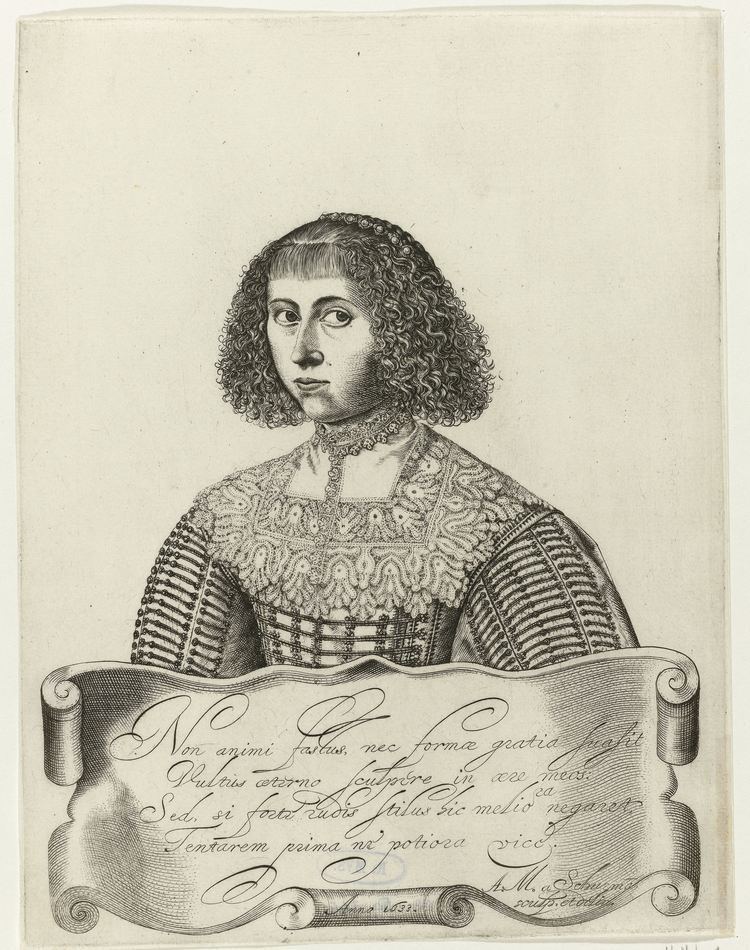 | ||
Born November 5, 1607 ( 1607-11-05 ) Style PaintingEngravingPoetry Books Whether a Christian woman should be educated and other writings from her intellectual circle | ||
03 anna maria van schurman filosofa poetessa e teologa 1607 1678
Anna Maria van Schurman (November 5, 1607 – May 14 or 15, 1678) was a Dutch painter, engraver, poet, and scholar, who is best known for her exceptional learning and her defense of female education. A highly educated woman by seventeenth century standards, she excelled in art, music, and literature, becoming proficient in 14 languages, including contemporary European languages, Latin, Greek, Hebrew, Arabic, Syriac, Aramaic, and Ethiopian.
Contents
- 03 anna maria van schurman filosofa poetessa e teologa 1607 1678
- Ontsteken oven voor klok anna maria van schurman
- Life
- Published works
- Tributes
- References
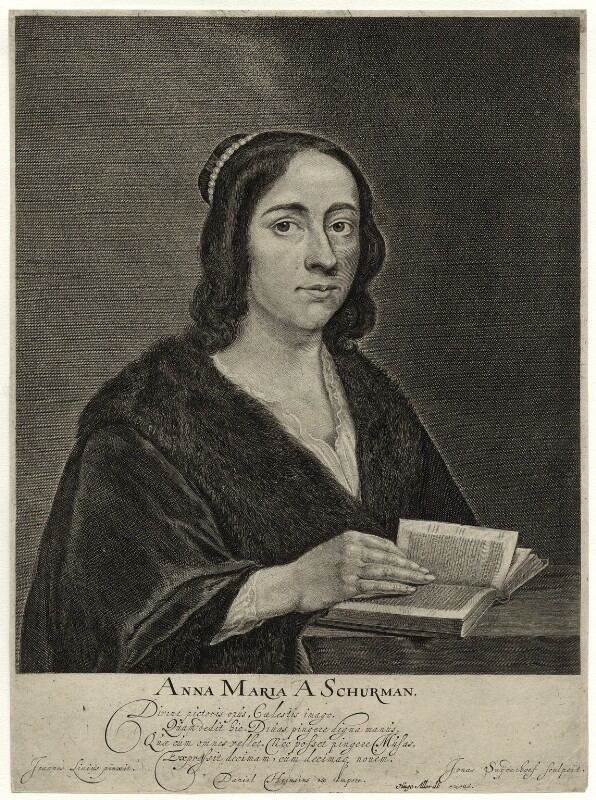
Ontsteken oven voor klok anna maria van schurman
Life
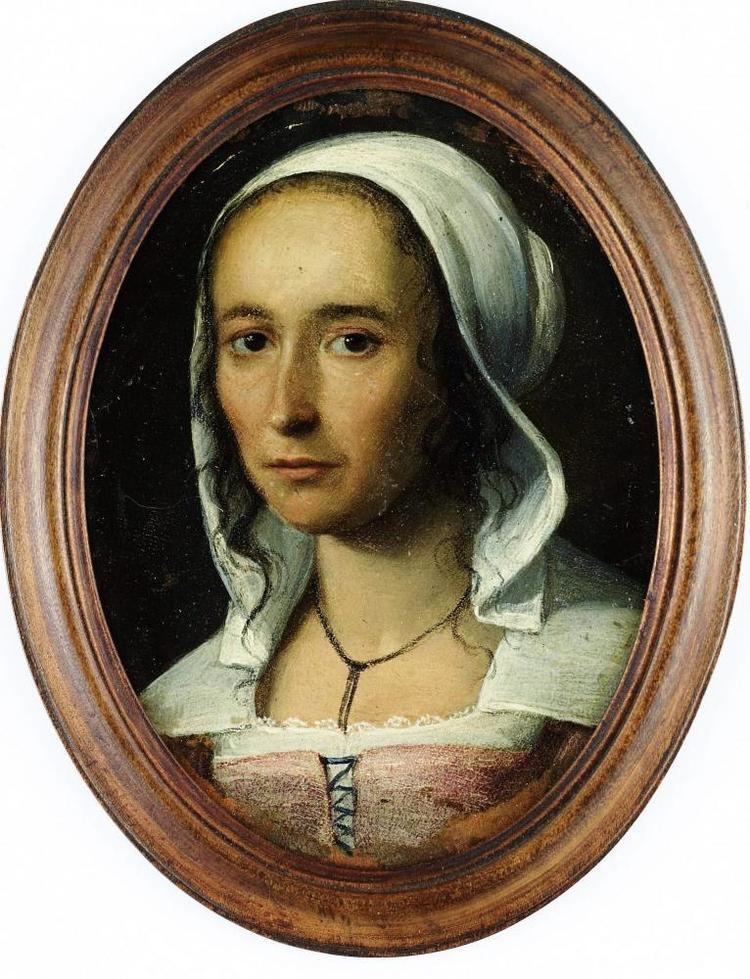
Van Schurman was born in Cologne, a bright daughter of wealthy parents, Frederik van Schurman, from Antwerp (d. 1623) and Eva von Harff de Dreiborn. At four years old she could already read.
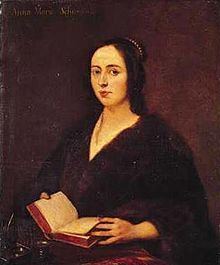
Between 1613 and 1615, her family moved to Utrecht, and about ten years later, they moved again, this time to Franeker, in Friesland. From about 11 years old, Van Schurman's father started teaching her Latin and other subjects along with his sons, an unusual decision at a time when girls in noble families were not generally tutored in the classics. She also excelled at more traditional female pastimes, such as painting, paper-cutting, embroidery, and wood carving. After her father's death, the family moved back to Utrecht in 1626. In the 1630s she studied engraving with Magdalena van de Passe. In 1636 she studied as the first female student at the university. Women at that time were not permitted to study at a university, and for the lectures she attended she sat behind a screen or in a curtained booth so that the male students could not see her. She had interests in literature and all kinds of sciences, but especially theology.
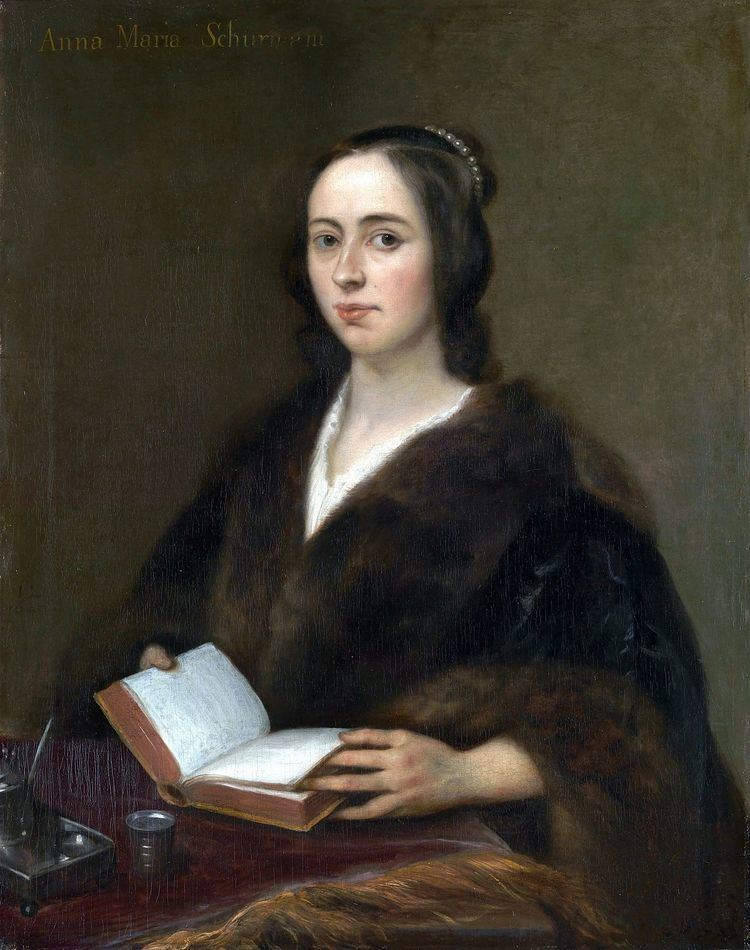
Anna Maria was not only known for her learning, but also for producing delicate engravings by using a diamond on glass, sculpture, wax modelling, and the carving of ivory and wood. She also painted, especially portraits, becoming the first known Dutch painter to use pastel in a portrait. She gained honorary admission to the St. Luke Guild of painters in 1643, signaling public recognition of her art.
In 1664, she met the Pietist Jean de Labadie, a Jesuit who had converted to Protestantism. He had founded a contemplative religious sect known as Labadism. Anna Maria was fascinated by Labadie and his ideas and became his principal helper. The sect moved to Amsterdam but was not welcomed there and they moved again to Altona (then in Denmark, now Germany), where Jean de Labadie died in 1674. Thereafter the group moved again to Wieuwerd in Friesland, where Anna Maria herself died in 1678. Labadism became extinct 70 years later around 1750.
Published works
Incomplete list
Tributes
The artwork The Dinner Party features a place setting for her.
A marble bust of van Schurman is in the atrium of the Tweede Kamer of the Dutch Parliament in The Hague.
